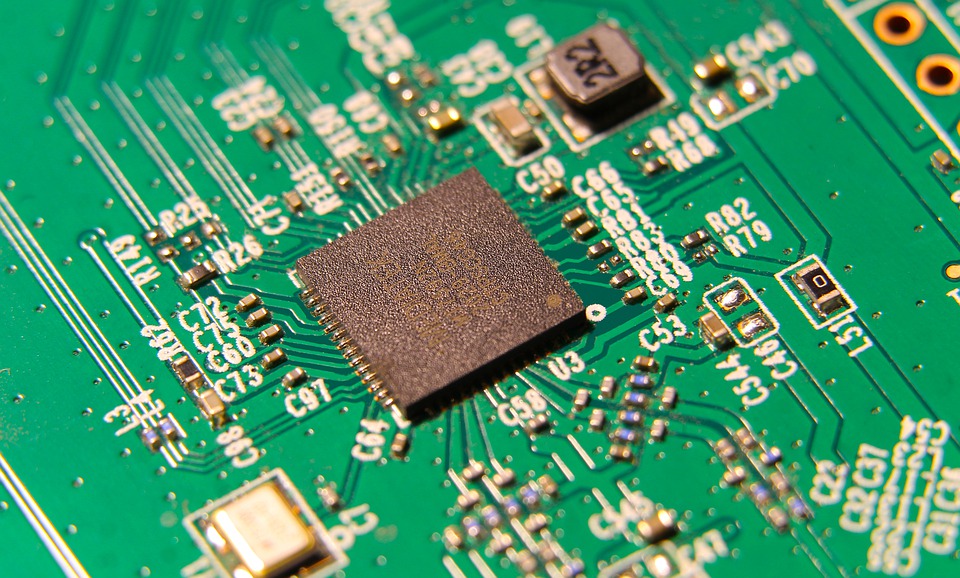Programming languages have come a long way since the early days of computing. From the raw machine code of Assembly language to the high-level simplicity of Python, each new language has built upon the foundations of its predecessors to make programming more accessible and efficient.
The first programming languages were created in the 1950s and 1960s to simplify the process of writing code for early computers. Assembly language, also known as Assembly code, was one of the earliest programming languages and is considered a low-level language. It directly represents the instructions that a computer’s CPU can execute, making it powerful but also difficult to write and understand.
As computers became more complex and capable, the need for higher-level languages that were easier to use and understand grew. In the 1970s, languages like Fortran and COBOL were developed to make programming more accessible to non-experts. These languages featured more natural and readable syntax that allowed programmers to write code that was easier to maintain and debug.
The 1980s saw the rise of languages like C and C++, which introduced the concept of object-oriented programming. Object-oriented programming allows programmers to create reusable code blocks, or objects, that can be easily combined and manipulated to create complex programs. This approach was a game-changer in terms of code organization and reusability.
In the 1990s, languages like Java and JavaScript brought programming to the web, enabling developers to create dynamic and interactive websites. These languages helped to shape the modern web as we know it, with Java powering backend services and JavaScript bringing interactivity to the frontend.
One of the most significant advancements in recent years has been the rise of Python. Python is a high-level, interpreted language that is known for its simplicity and readability. It uses a clean and concise syntax that makes it easy to learn and use, even for beginners. Python has quickly become one of the most popular programming languages in the world, due to its versatility and flexibility.
The evolution of programming languages has been driven by the need for simplicity, efficiency, and accessibility. Each new language builds upon the successes and shortcomings of its predecessors, with the goal of making programming easier and more powerful for developers of all skill levels.
In conclusion, the evolution of programming languages from Assembly to Python has been a testament to the ingenuity and creativity of the programming community. As technology continues to advance, we can expect to see even more innovative languages that push the boundaries of what is possible in the world of programming.




